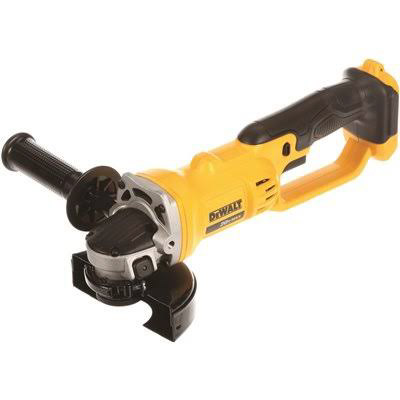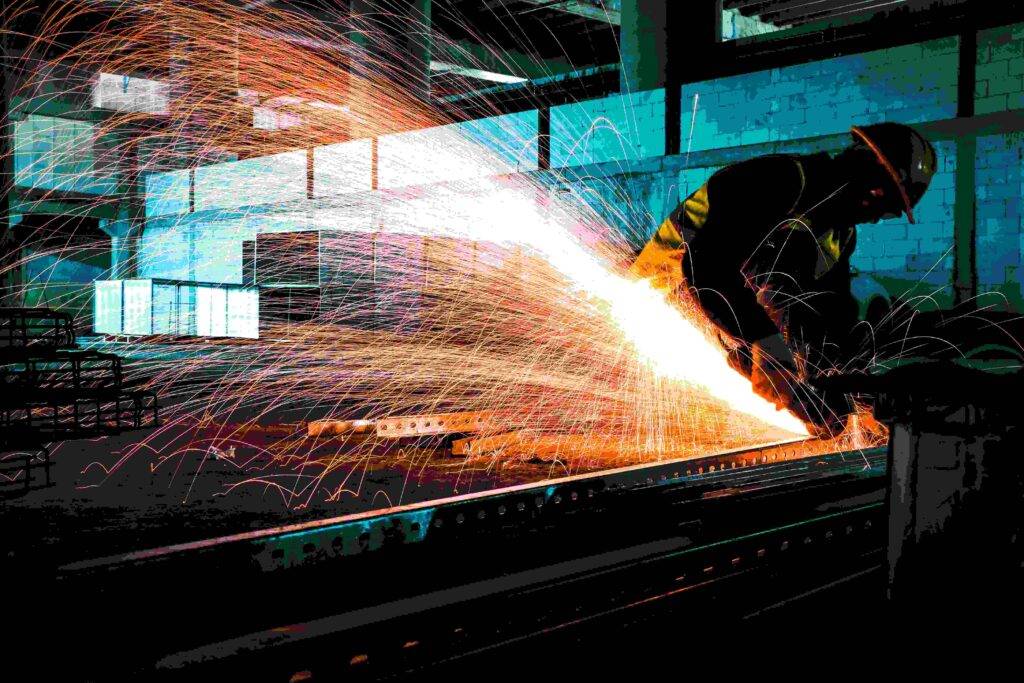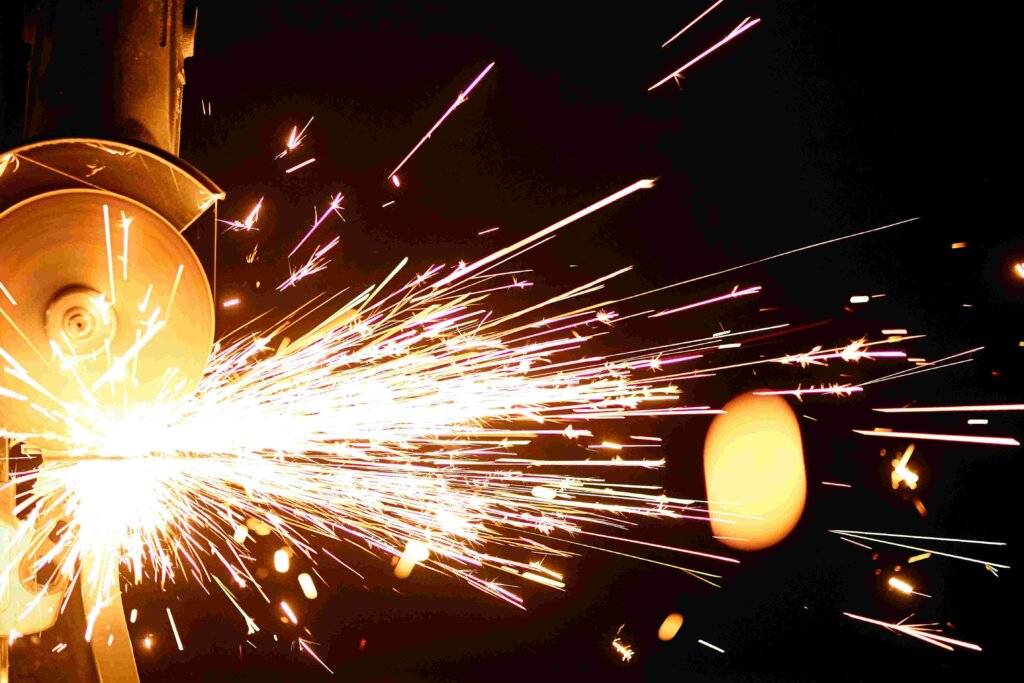Angle grinders are versatile power tools that have become indispensable in various industries, from construction and metalworking to automotive repair and DIY projects.
With their ability to cut, grind, polish, and sharpen an array of materials, these tools offer both professionals and hobbyists a level of efficiency and precision that is hard to match. Despite their effectiveness, many potential users may find themselves questioning the necessity of investing in an angle grinder.
This article aims to explore the multifaceted benefits of owning an angle grinder, shedding light on its diverse applications and the enhanced capabilities it brings to any workshop or job site. Whether you are a seasoned tradesperson or an enthusiastic DIYer, understanding the unique advantages of an angle grinder can assist you in making an informed purchasing decision.
We will delve into key factors such as time-saving efficiency, cost-effectiveness, and the tool’s adaptability to various tasks, ultimately helping you appreciate why this powerful tool might just be the perfect addition to your arsenal.
Join us as we unveil the compelling reasons to consider adding an angle grinder to your toolkit and how it can elevate your craftsmanship to new heights.
Versatile tool for various materials.
An angle grinder is an essential addition to any workshop due to its remarkable adaptability when working with a wide range of materials. Its capacity to efficiently cut, grind, and polish metal, stone, and concrete makes it an invaluable tool for both professional tradespeople and DIY enthusiasts.
The availability of various attachments and wheels allows for customization based on the specific task, enabling users to switch seamlessly between tasks such as metal fabrication, masonry work, and surface finishing.
Furthermore, the portability of an angle grinder enhances its utility, allowing for effective use in various environments, whether in a garage, construction site, or outdoor setting. This flexibility ensures that users can tackle a multitude of projects without the need for multiple specialized tools, ultimately saving time and resources.
Whether it is for heavy-duty industrial applications or intricate detail work in artistic endeavors, the angle grinder stands out as a multifunctional tool that meets diverse operational needs.
Key benefits
and applications:
| Benefit | Application |
|---|---|
| Cutting | Metal, stone, tile, concrete, and more |
| Grinding | Removing rust, paint, or material |
| Polishing | Smoothing surfaces for a polished finish |
| Sanding | Creating a desired texture or finish |
| Sharpening | Tools like blades and chisels |
Ideal for cutting and grinding.
The angle grinder excels in both cutting and grinding applications, making it a versatile tool in any professional or DIY toolkit. Its powerful motor and high-speed rotation capability allow for quick and precise cuts through a variety of materials, including metal, tile, and concrete.
With the right cutting disc, users can achieve clean edges and smooth finishes, essential for tasks that require a high level of accuracy. This efficiency not only enhances productivity but also improves the quality of the finished work.
In addition to cutting, the angle grinder is highly effective for grinding applications. Equipped with appropriate grinding wheels, it can remove excess material, reshape edges, and smooth surfaces with ease. This dual functionality is particularly beneficial for projects that involve both cutting and finishing, as it eliminates the need for multiple tools and reduces downtime.
The ability to seamlessly switch between cutting and grinding tasks makes the angle grinder a cornerstone tool for anyone who values efficiency and quality in their work.
Compact design for easy handling.
the angle grinder an invaluable asset for both professionals and hobbyists. Its compact design contributes significantly to its user-friendliness, allowing for easy maneuverability in tight spaces and facilitating precision in detailed work.
This portability ensures that users can navigate around contours or edges without cumbersome adjustments, enhancing control and reducing the likelihood of error.
Moreover, the lightweight construction of many angle grinder models minimizes user fatigue, especially during extended use. This makes the tool accessible for a wider range of users, from seasoned craftsmen to those new to power tools. The ergonomic grip further enhances comfort, allowing for sustained operation without compromising on safety or performance.
Overall, the design features of the angle grinder not only promote efficient handling but also contribute to a more enjoyable and effective user experience.
Enhances efficiency in DIY projects.
The capabilities of an angle grinder streamline various DIY projects by allowing users to perform multiple tasks with a single tool. Its versatility is evident in its ability to cut, grind, and polish, eliminating the need for multiple specialized tools that can clutter a workspace and complicate the workflow.
This multifunctionality not only saves time but also reduces material costs, as users can achieve more with fewer resources.
As a result, DIY enthusiasts can complete projects more swiftly and efficiently, freeing up time and energy for additional creative endeavors.
In addition, the high speed and power of an angle grinder facilitate quick material removal and finishing processes. Whether tackling metal, masonry, or wood, the tool’s design allows for rapid adjustments to various attachments and discs, enabling users to switch from cutting to grinding or finishing in seconds. This adaptability enhances overall project efficiency, as it minimizes downtime and maximizes productivity.
By employing an angle grinder, DIY projects can be transformed from time-consuming tasks into enjoyable, swift endeavors, ultimately leading to a more satisfactory outcome.
Durable and cost-effective investment choice.
The long-lasting construction of an angle grinder ensures that it withstands rigorous use, making it a reliable addition to any toolkit. Designed with robust materials, these tools can handle demanding tasks without compromising performance, resulting in fewer replacements over time.
This durability not only enhances the user’s confidence while tackling challenging projects but also translates to lower long-term costs, as the investment in a high-quality angle grinder pays off through its extended lifespan.
Moreover, the cost-effectiveness of an angle grinder lies in its capacity to replace multiple tools, thereby minimizing initial expenses and ongoing maintenance costs. By investing in one versatile device, users can achieve various results without the need for additional purchases.
This approach not only simplifies budgeting for DIY and professional projects but also optimizes space and reduces clutter, making it a smart financial decision for both casual users and seasoned tradespeople alike.
In conclusion, investing in an angle grinder can significantly enhance your toolkit and broaden your capabilities for various projects. Whether you are a professional tradesperson or a DIY enthusiast, the versatility of an angle grinder—ranging from cutting and grinding to polishing and sanding—makes it an invaluable tool for achieving precise and efficient results. Its ability to handle different materials and adapt to various tasks ensures that it can meet the demands of both simple and complex jobs alike. Ultimately, the decision to purchase an angle grinder is grounded in the potential for improved productivity and craftsmanship, making it a wise addition to any workshop.



